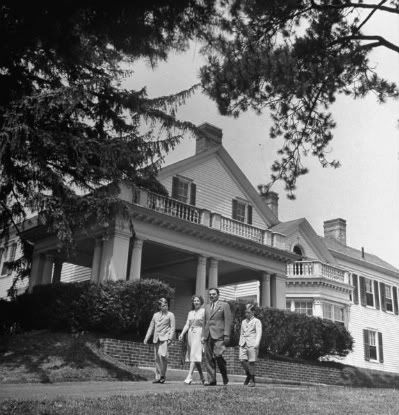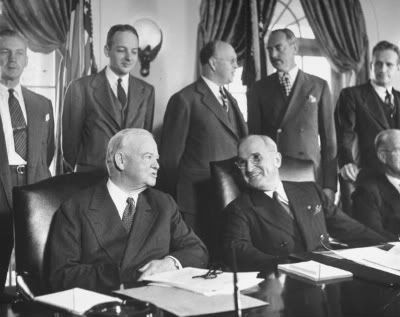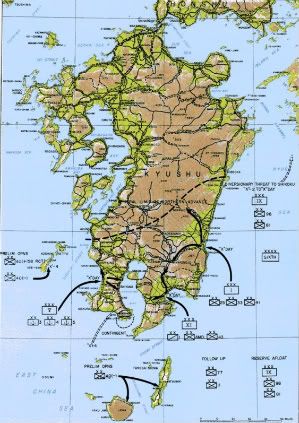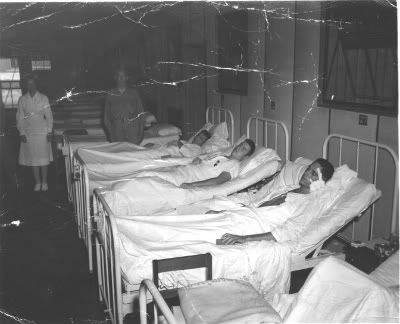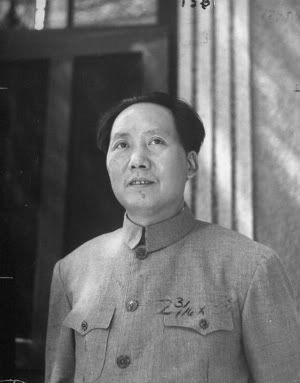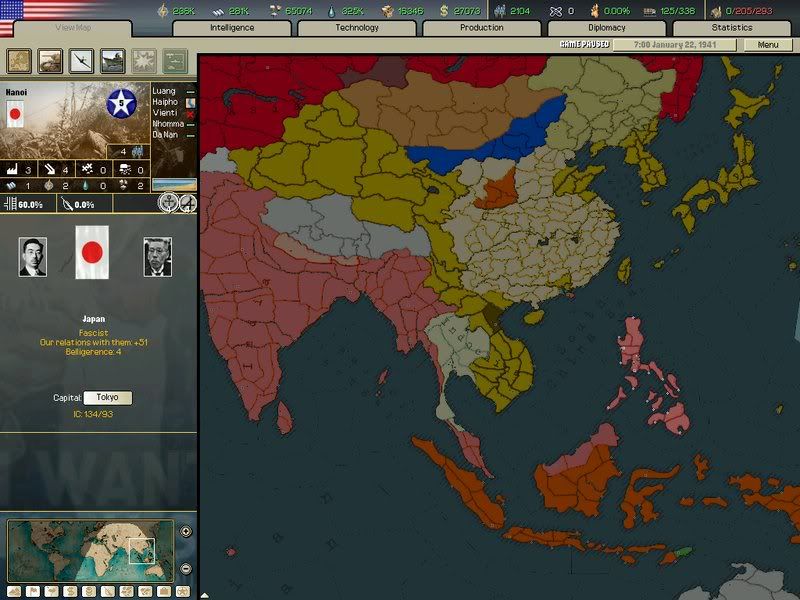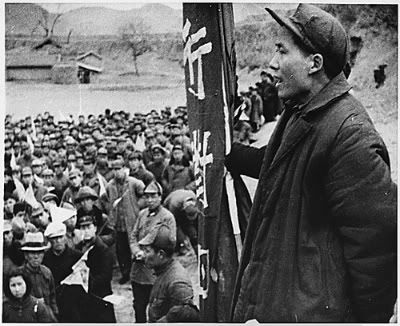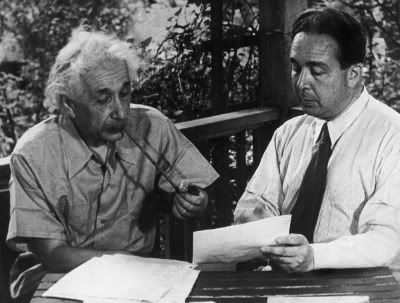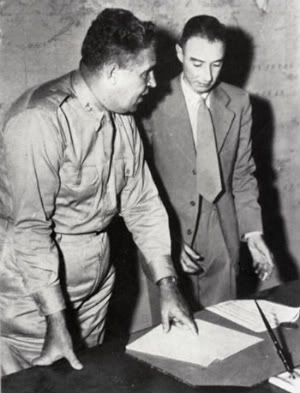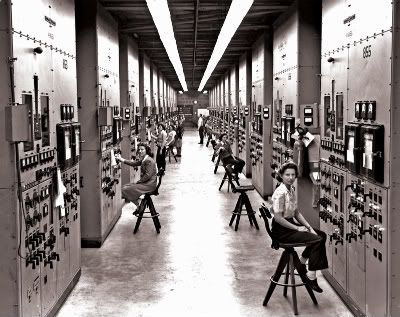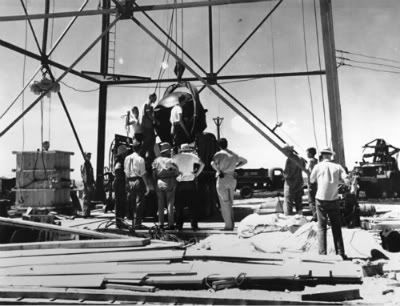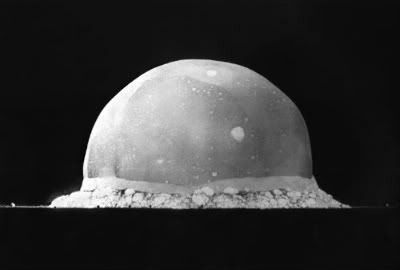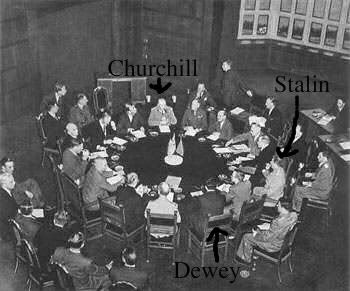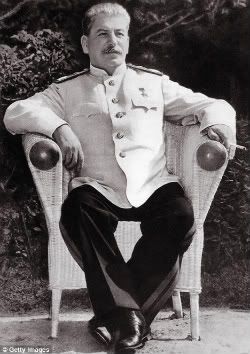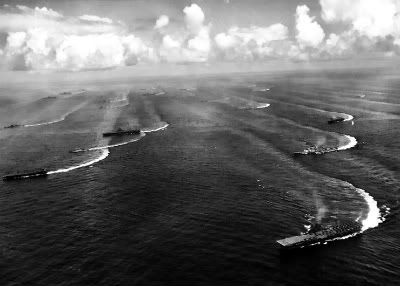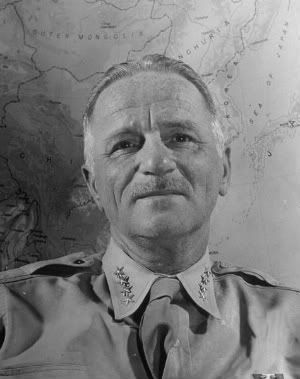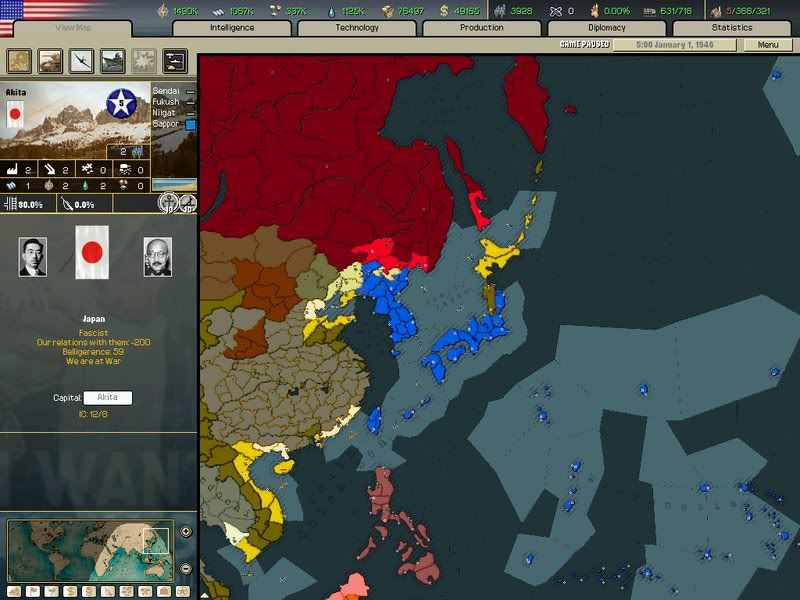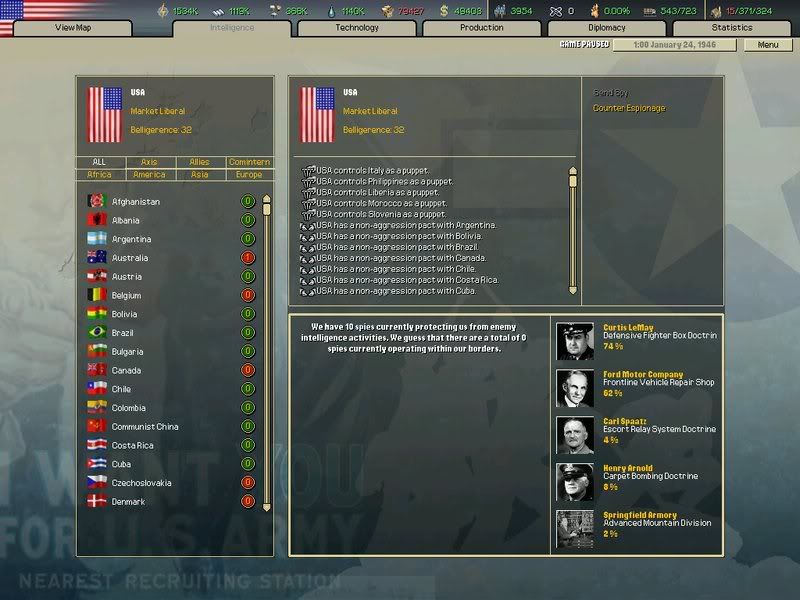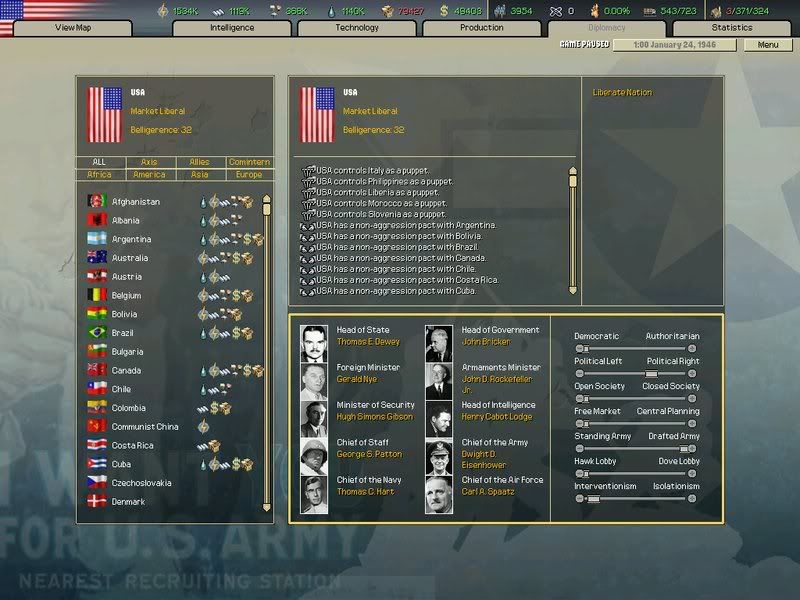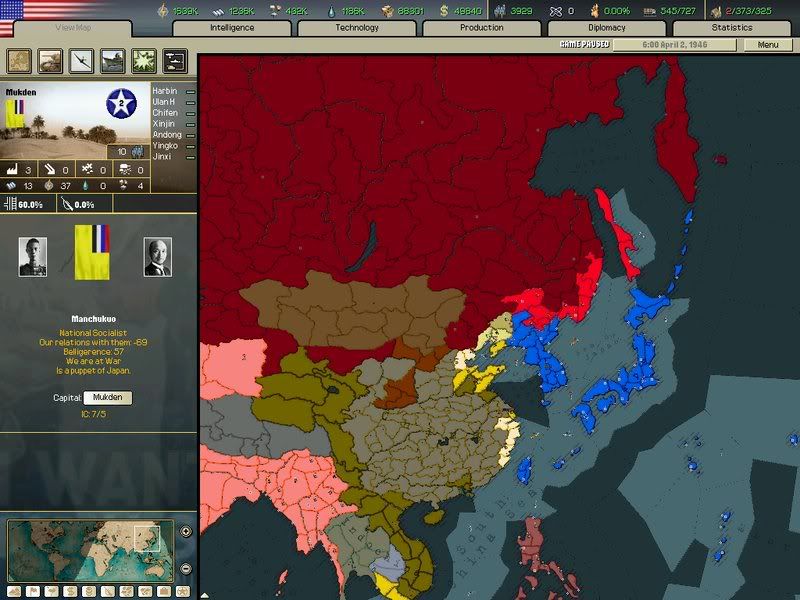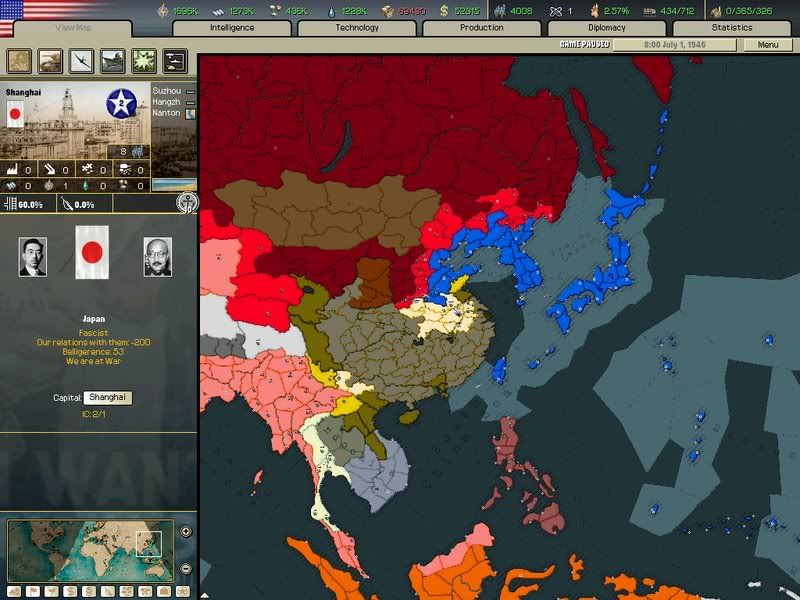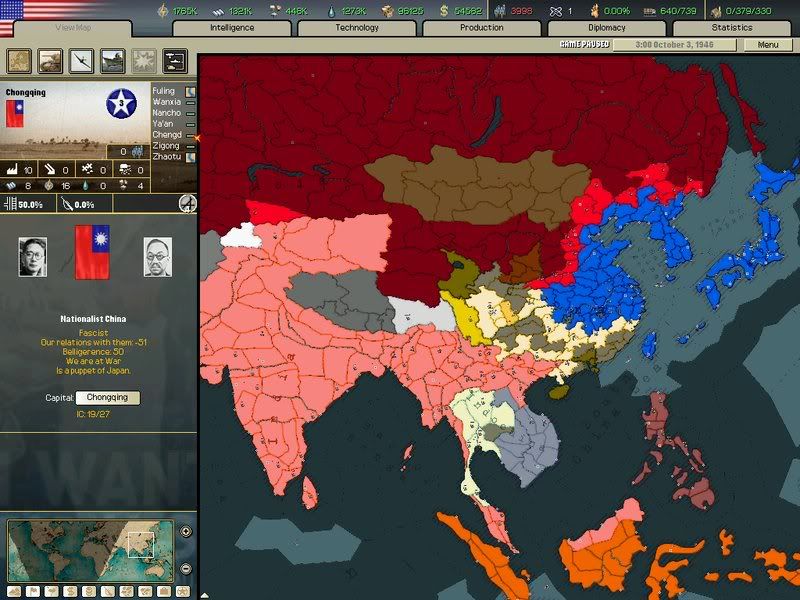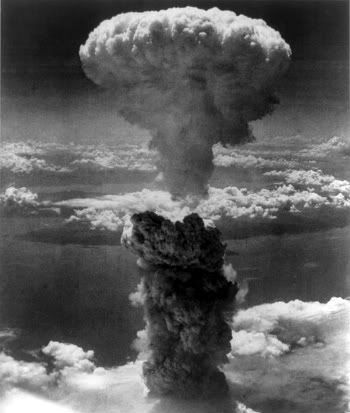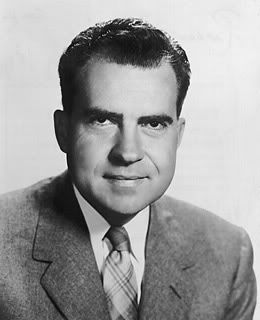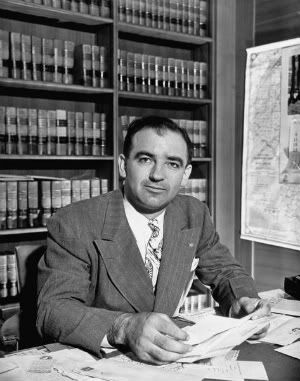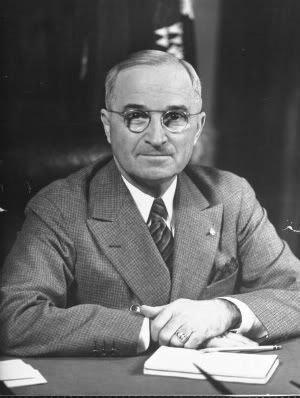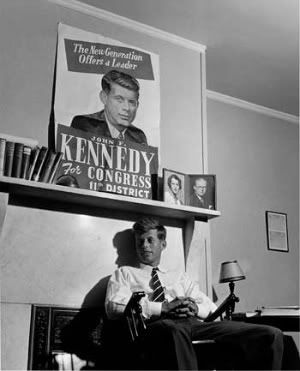Lord Strange: Thank you, although I think it will take more than dropping an atomic bomb to convice Japan to surrender.
trekaddict: Nukes...good old nukes...they are all mine!!! *insert evil laughter*
El Pip: Yeah, nothing says suicide quite like annoying Joseph Stalin.

Le Jones: El Pip does have a way with humor.

trekaddict: He also has a habit of making good points.
--------------------------------------------------------------------------
The Potsdam Conference
At the same time the Manhattan Project was facing its’ moment of truth, the President stepped onto Belgian soil at Antwerp after spending a week crossing the Atlantic. Dewey had returned to Europe to meet with Churchill and Stalin for a second time. From Antwerp, he flew to Potsdam (a wooded suburb of Berlin). Cecilienhof, the site of the Potsdam Conference, had once been the home of Crown Prince Wilhelm Hohenzollern. For the third and final “Big Three” conference, which began on July 17th, Dewey presided over the proceedings.
In the midst of discussing various issues with his British and Soviet counterparts, Dewey learned of the successful outcome of the Trinity Test. Now that the United States was armed with nuclear weapons, the President made the decision – against Churchill’s advice – not to inform Stalin about it.
“It’s too good a hand to show everybody,” he explained. As for Stalin, he would later be outraged at Dewey for not sharing the information with him.
After lengthy discussions, the three men wrapped up the conference on August 2nd with an official agreement. Among other things:
-A Council of Foreign Ministers would be established to coordinate diplomatic activity between the “Big Three”
-The postwar fate of Europe was finalized as agreed to at Yalta
-The prosecution of major Nazi leaders for war crimes would be conducted at Nuremberg
-Postwar Asia would undergo a partitioning similar to that in Europe
The final item was the Empire of Japan. The Japanese were offered a chance to unconditionally surrender now or face
“prompt and utter destruction.”
At the time, the Soviets were fighting their way across Manchukuo and the United States was making final preparations for launching Operations Clamp and Downfall. When the Japanese quickly rejected the surrender demand, Dewey had no other choice but to give Eisenhower the final go-ahead for the twin operations to commence.
"It was the most difficult decision I had to make as President," Dewey later stated,
"I knew I was sending our brave men into near-certain death. I knew that we would be faced with unimaginable bloodshed on both sides. That is never an easy decision to make, no matter how necessary it is."
--------------------------------------------------------------------------
The Invasion of Japan
With the Potsdam Conference wrapped up, Dewey wasted no time in heading home. After making a brief layover in the United Kingdom to have lunch with King George VI, the President sailed back across the Atlantic. Throughout the trip, Japan weighed heavily on his mind. In recent weeks, the American naval and aerial assaults on Japan and Korea were greatly intensified. Attention was particularly paid to Southern Korea and Southern Kyushu, where the landings were about to take place. On the morning of August 6th, under the protection of a mass umbrella of carrier aircrafts, transports ferrying the Marines from Okinawa arrived on the beaches of Jeju and Southern Kyushu. The twin invasions had finally begun.
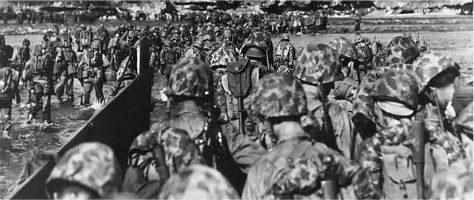
Of the two amphibious assaults conducted that day, Jeju proved to be the easiest. Marines landing on the volcanic island encountered no opposition. The Japanese division that had been on the island was among those transferred to Manchukuo. Without firing a shot, the Americans secured the island. From Jeju, the Marines would continue north and gain a foothold on the Korean Peninsula. By contrast, Southern Kyushu proved to be a bloody affair. Marines landing on the beaches (named after automobiles such as Buick and Cadillac) came up against fierce Japanese resistance. Taking advantage of the island’s mountainous terrain, the Japanese had dug in and proceeded to open fire on the Americans from defensive positions near the beaches. As they had throughout the Pacific campaign, the Marines fought fiercely. Despite tenacious opposition, the courageous Marines succeeded in securing beachheads on Japanese home soil.
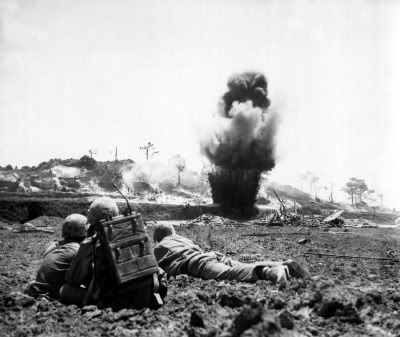
The battle for Kyushu lasted a month and ultimately cost the Americans thirty-one thousand casualties (by comparison, the September 1862 American Civil War Battle of Antietam took place over the course of a single day and created a combined total of twenty-three thousand casualties). The Japanese suffered thirty-nine thousand casualties (including both the military and civilians). Civilians who weren’t killed found themselves under American occupation. Despite Japanese propaganda warning that the enemy would go on a rampage of horrible atrocities, the civilians found themselves being treated humanely by the Americans. Instead of being on the receiving end of rape and torture, the people of Kyushu received food and medical aide. In planning the invasion of Japan, Eisenhower and others were deeply aware of the opposition they would face from the civilian population and wanted to do whatever it took to minimize it. American soldiers advancing across Japan were under strict orders not to stir up civilians. Anyone who disobeyed orders was strongly punished. The go-easy-on-them approach did much to ease tensions behind the front line.
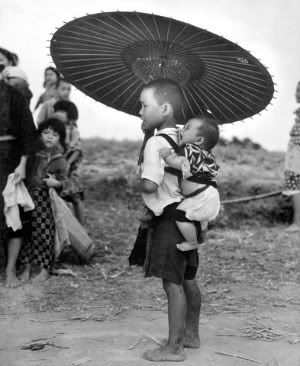
With Kyushu in American hands, the fighting shifted northeast to Honshu (Japan’s main island and the seventh largest in the world). In making the shift, the invasion strategy itself also changed. The Navy – which had spearheaded the drive across the Pacific – had become sidelined to providing coastal bombardment and carrier support. The Air Force now assumed the role of spearhead, softening up the military resistance and squashing out the kamikaze before they could strike. The Army, of course, bore the brunt of the intense combat. Working in sync, the three military branches slowly pushed the enemy back. In early September, the Commander-in-Chief (closely monitoring the invasions of Japan and Korea from the White House) made a decision he would spend the rest of his life regretting. Appalled at the lost of life suffered just to capture Kyushu, Dewey ordered the top-secret atomic bomb to finally be used against Japan. He hoped that using the powerful weapon would shock the enemy into surrendering; thus sparing further bloodshed.
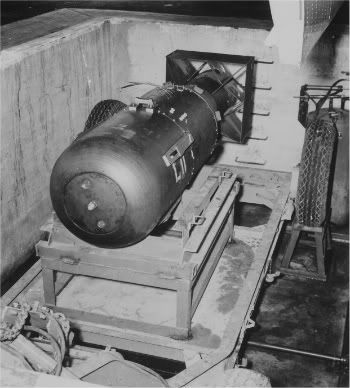
At the time, the United States only possessed one atomic bomb. As a result, the target had to be carefully selected. Furthermore, to avoid friendly fire, the target had to be far away from the front line. Initially, Oppenheimer recommended targeting the ancient Japanese capital of Kyoto in order to psychologically shock and awe Japanese intellectuals. However, that recommendation ran into a road block. At the start of the bombing campaign against Japan, Secretary of War Henry L. Stimson strictly forbade the Air Force from attacking Kyoto for personal reasons. Having spent his honeymoon there in 1893, he had come to greatly admire Kyoto’s cultural landmarks. Stimson’s successor, Alf M. Landon, maintained the leave-Kyoto-alone policy. The beautiful city would ultimately emerge from the war practically untouched. Sadly, the same can’t be said for the city that was selected to be the target of the world’s first nuclear strike: Nagoya.
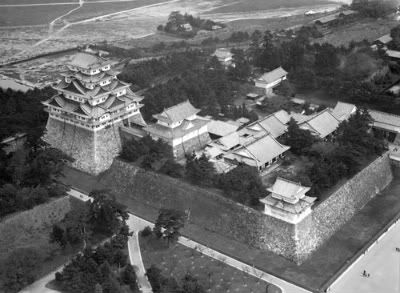
The third largest industrial city in Japan, Nagoya was home to a major port. Founded by Tokugawa Ieyasu (the first Edo shogun) in 1610, the city was best known for its’ seventeenth-century castle and the Atsuta Shinto Shrine (the second-most venerable shrine in Japan). Having authorized the nuking of Nagoya, Dewey then handed the responsibility over to Chief of the Army Air Forces Carl A. Spaatz.
A West Pointer and World War One veteran, Spaatz had been in charge of the Air Force since the beginning of 1945. From his headquarters on Okinawa, Spaatz was directing the air war against Japan when he received orders from the Commander-in-Chief to nuke Nagoya. As the commander of the Third Air Force, Spaatz selected his 4th USAAF Strategic Bomber Wing squadron of Boeing B-29 Superfortresses to conduct the unprecedented mission. The lucky Superfortress assigned the task of dropping the world’s first atomic bomb would be the Enola Gay – piloted by Colonel Paul Tibbets.
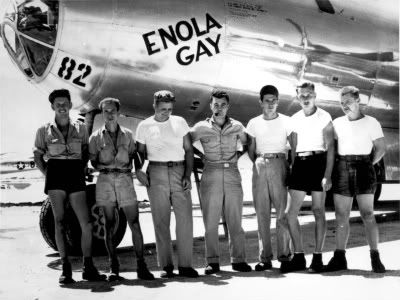
For the special mission, Tibbets and his crew would be accompanied by two other Superfortresses: one carrying scientific instrumentation and the other carrying photography equipment. On the morning of September 7th, the three Superfortresses took off from Fukuoka bound for Nagoya. With the Americans enjoying air superiority, Tibbets and the others had no problem flying their ninety-nine-foot-long four-engine propeller-driven strategic bombers to their target: Nagoya Castle. At 8:15 A.M., the Enola Gay arrived over the city in clear visibility at just over thirty-two-thousand-feet. With bomb bay doors open, the atomic bomb – codenamed Little Boy – was released and entered a state of free fall. Fifty-seven seconds later, Little Boy detonated two-thousand-feet directly above its’ target. Nagoya Castle instantly vaporized as the bomb created a blast equal to thirteen kilotons of TNT over a radius of one mile. Within second, virtually all of Nagoya was wiped out. Tens of thousands of people saw their lives literally end in a flash - with untold suffering to come to the survivors.
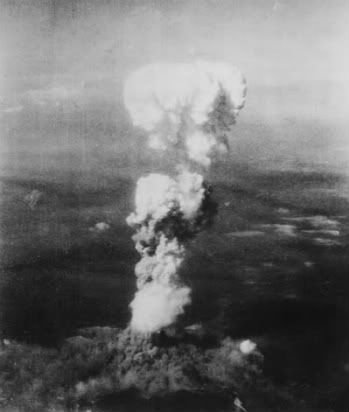
In the end, Dewey’s gamble to shock the Japanese government into surrender failed. Rather than discuss surrender, Prime Minister Hideki Tojo instead vowed that his country would fight on to the bitter end. Therefore, the Americans had no choice but to fight on. By the beginning of October, both Pyongyang and Osaka were occupied. For the Japanese, nothing was going right that autumn. Even India, the scene of glorious conquest two years earlier, was turning sour. In the fall of 1943, having broken through Allied defensive lines in Burma, the Japanese invaded India and wrestled the subcontinent away from the British (taking out Bhutan and Nepal in the process). Tokyo soon learned what London had already known: controlling India is rather tricky. As they had elsewhere, the Japanese were brutal and repressive in their occupation of India. They were particularly tough on Indian nationalists. Whereas the British had responded to their calls for self-determination by throwing them in jail, the Japanese responded by killing them off. For instance, Mahatma Gandhi, known worldwide for his nonviolent resistance to British colonial rule, was beheaded by a Japanese officer. This, in turn, transformed Gandhi into a martyr.
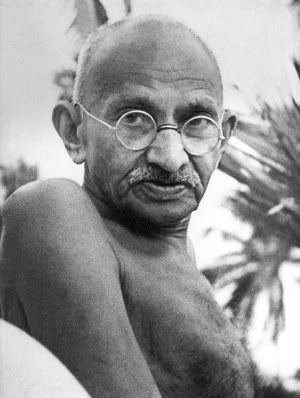
The execution of Gandhi and the elimination of the pro-independence leadership turned out to be a bad decision for the Japanese (although there were those in London who privately were relieved that these “headaches” had been removed). These killings only intensified the opposition of the Indian civilian population towards their new occupiers. Horrified by the atrocities and brutality the Japanese committed without a second thought (which made the previous British occupation seem kindhearted by comparison), partisan revolts broke out throughout India (except in Ceylon, an island off the Southeast coast of India which remained in British hands).
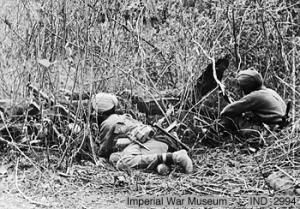
The partisan attacks tied down occupational forces, causing the Japanese advance westward to ground to a halt at Karachi. With the enemy stalled, the British and her Commonwealth allies took advantage of the situation to build up forces in Persia in order to take back India. In the summer of 1945, as a prelude to the American invasions of Japan and Korea, the Allies attacked Karachi. With manpower and supplies overextended, the Japanese defensive lines shattered like glass. With the United States Navy blockading the home islands, the Japanese lacked the reinforcements needed to check the Allied advance. Just as rapidly as the British Raj had collapsed two years earlier, the Japanese Raj too was quickly overwhelmed. The Allies raced across India, welcomed everywhere they went as liberators. By the beginning of October, only a few pockets of Japanese resistance remained in Southern India. The rest of the Imperial Japanese Army had been driven back to the jungles of Burma – the frontline more-or-less returning to where it was in 1943.
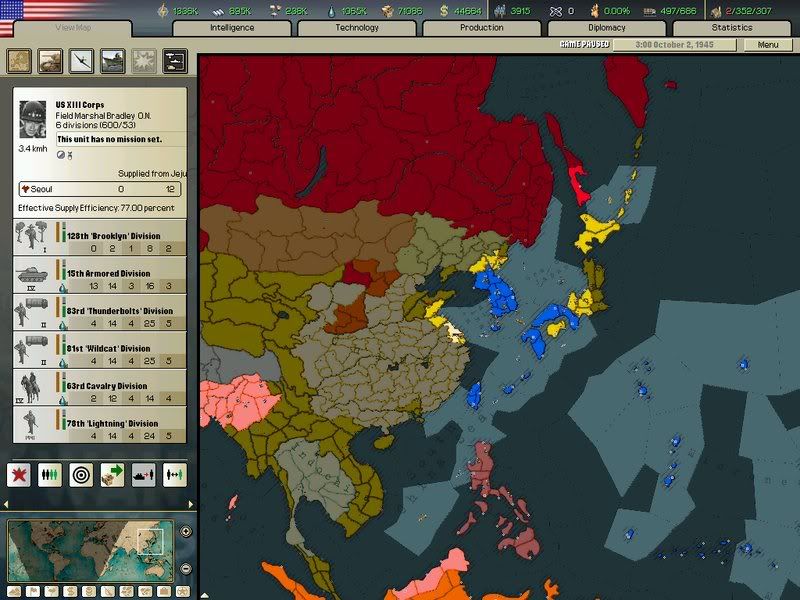
Although the Japanese occupation of India only lasted two years, it changed the subcontinent forever. It greatly strengthened the Indian movement towards independence and the need for collective security. With Gandhi and the other nationalists all killed off, landowners, native princes, and conservative pragmatists stepped forward to lead the subcontinent.
The final three months of 1945 saw the Americans capturing the island of Shikoku and fighting their war across Honshu – culminating in the capture of Tokyo on December 10th. Over on the Korean Peninsula, Operation Clamp came to a successful end. Having been ruled by the Japanese for thirty-five years, the Korean people were now free thanks to the Americans. However, for logistical reasons, the Dewey Administration held back on officially liberating Korea until after the end of the war. Sadly, that end still looked distant as 1946 dawned. Even after being driven out of the capital, Tojo’s government insisted on continuing the fight.


